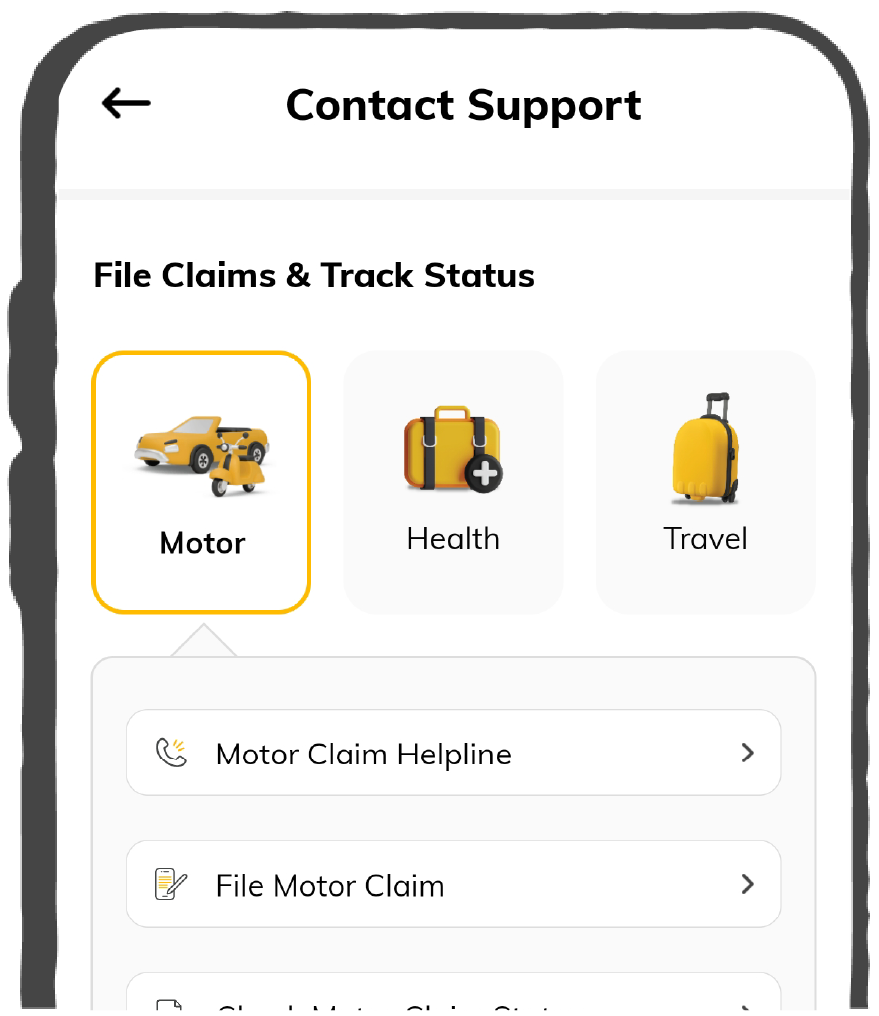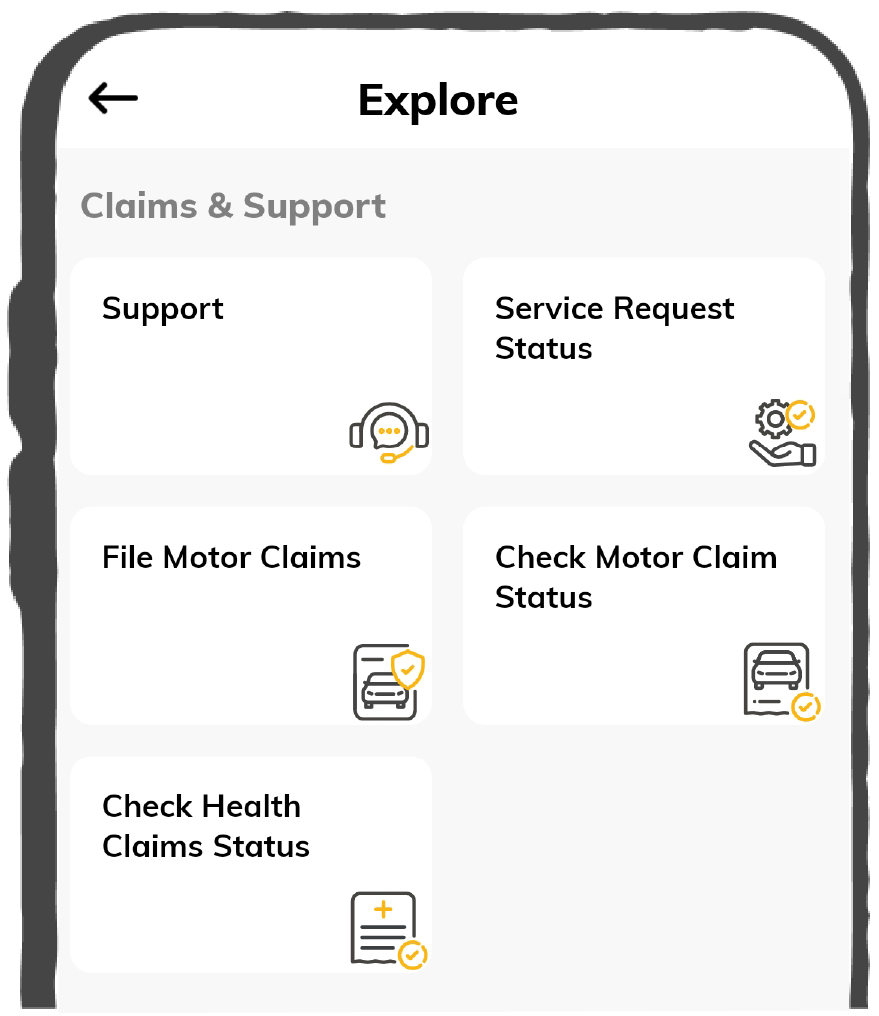What is RPM in Cars: Meaning, Full Form, Formula & Importance
The RPM gauge or tachometer has become a standard feature in most cars that people drive on Indian roads. This gauge tells the driver how fast the car’s crankshaft is spinning in terms of its RPM (Revolution Per Minute). It is an extremely important metric for understanding the performance of car engine.
This blog aims to cover how the RPM in cars work, its benefits and how you can use it to monitor your car's performance.
What Is RPM?
If you want to know what RPM means in cars, the simplest answer is that it is revolutions per minute. It is a unit that measures how fast the car's engine operates at a given time. So in cars, the RPM measures how fast the crankshaft can make one full rotation in a minute. In addition, it tells us about the number of times every piston goes up and down in its cylinder.
While driving, you often must have noticed a dial on the dashboard showing numbers 1, 2, 3 and so on. Each number denotes 1,000 RPM; so if you are driving and the dial hand points at 3, your car is rotating at 3,000 RPM. In the top ranges of the RPM gauge, the numbers are highlighted in red. If you rev your car’s engine beyond this point, its engine may get damaged.
How Does RPM Work With an Engine?
RPM in cars is all about the speed of an internal combustion engine. It increases when you press the accelerator while driving your car. Power increases to a point, so it is unnecessary to set the RPM at its highest for maximum power. We also use this peak power generation point to denote a car's performance specs.
A car's engine burns air and gas to push the pistons down, which results in the crankshaft spinning and ultimately leads the car's wheel to move. The force used to make the crankshaft spin is called torque, and its measurement unit is horsepower.
So when you look for a car engine’s specifications, it shows its peak horsepower immediately followed by its maximum RPM. For instance, you can find a car with 120 bhp at 5100 RPM. Usually, this means that this engine is capable of achieving over 6000 RPM, though revving this high is not advisable.
In a manual transmission, the driver needs to check the tachometer to shift and accelerate in a way where they can shift the engine RPM to get the best results. However, most modern cars with automatic transmissions change the engine RPM to give the best results. The tachometer has become unnecessary in modern cars with automatic transmission, but it is fun to watch.
What Are the Benefits of Knowing RPM?
Every beginner driver needs to understand the basics of RPM in cars to get the most value out of his/her vehicle. People who own cars with manual transmissions need to understand the use of RPM meters in cars.
Drivers must observe the RPM needle so that they can shift at an ideal time to get their car running at its maximum power. However, many suggest that instead of generating maximum power for a faster engine speed, one should focus more on a car's efficiency.
Here are some of the benefits of knowing the RPM of a car:
- If you drive your car at a lower RPM, it will consume less fuel and be more fuel efficient. Moreover, if you drive your car at a higher RPM consistently, you will spend a lot on fuel.
- Knowing what RPM is in cars will help you understand if something is wrong with your vehicle and if it needs servicing or not. If you see an abnormal RPM engine, you must stop your car and take it to the nearest service centre.
- While driving, you observe that your car engine's RPMs increase and jump when you press on the accelerator, and then there is a high chance that your vehicle's spark plugs have gone bad.
- Another thing you need to remember is that while driving, if your vehicle's RPM is increasing, but your car isn't going any faster, it is an indication that your car transmission or gears are slipping.
- Moreover, fluctuating RPMs can also indicate several other problems in your car like:
- Clogged or idle air control valve
- Major engine issues
- Leaking engine vacuum
Newer car variants equipped with automatic transmissions can shift on their own at an ideal time. Nevertheless, even if you own one of these cars with automatic transmission, you should still know about RPM. It will help you understand your car's condition better, and you can maintain it easily over a long period.
How to Monitor Your RPM Gauge to Get the Best Performance?
To monitor your car's RPM gauge to get the best performance from the car, you need to follow the methods below:
Method 1: Shift the Car's Manual Transmission Smoothly
Step 1: Monitor the car's RPM and accelerate from a stop.
Step 2: Take the help of the RPM gauge while you upshift as you need to accelerate because, in manual transmission, vehicles need a higher gear while accelerating.
Step 3: Similar to upshift, use the RPM gauge to downshift. Slow down your vehicle and observe your RPM gauge so that you can understand when to shift smoothly.
Method 2: Check Your Car's Powertrain Operation
Step 1: Monitor your vehicle's tachometer at an idle position and look for signs like RPM surging, the engine stumbles, and more to look for indications like air metering and misfiring engine.
Step 2: Observe your vehicle's RPM at a constant speed. This way, you can look out for signs and symptoms like the RPM gauge needle being steady when the car’s speed drops.
Method 3: Operate Your Engine Safely by Monitoring RPM
Step 1: To avoid frequent RPM spikes, you should observe the RPM gauge.
Step 2: You should also downshift one gear at a time.
Step 3: This will also help you in evading hard accelerations.
Step 4: You can increase your fuel efficiency if you keep your car's RPMs between 1,500 and 2,000 RPM while you drive at a constant speed.
A car's RPM gauge is designed in a way it can help you to operate your vehicle more efficiently. In cars with a manual transmission, monitoring the RPM is necessary for both racing enthusiasts and regular drivers wanting to conserve more fuel. That is why every car owner and driver needs to know the function of RPM in cars to maintain their longevity.
Read more about:
















